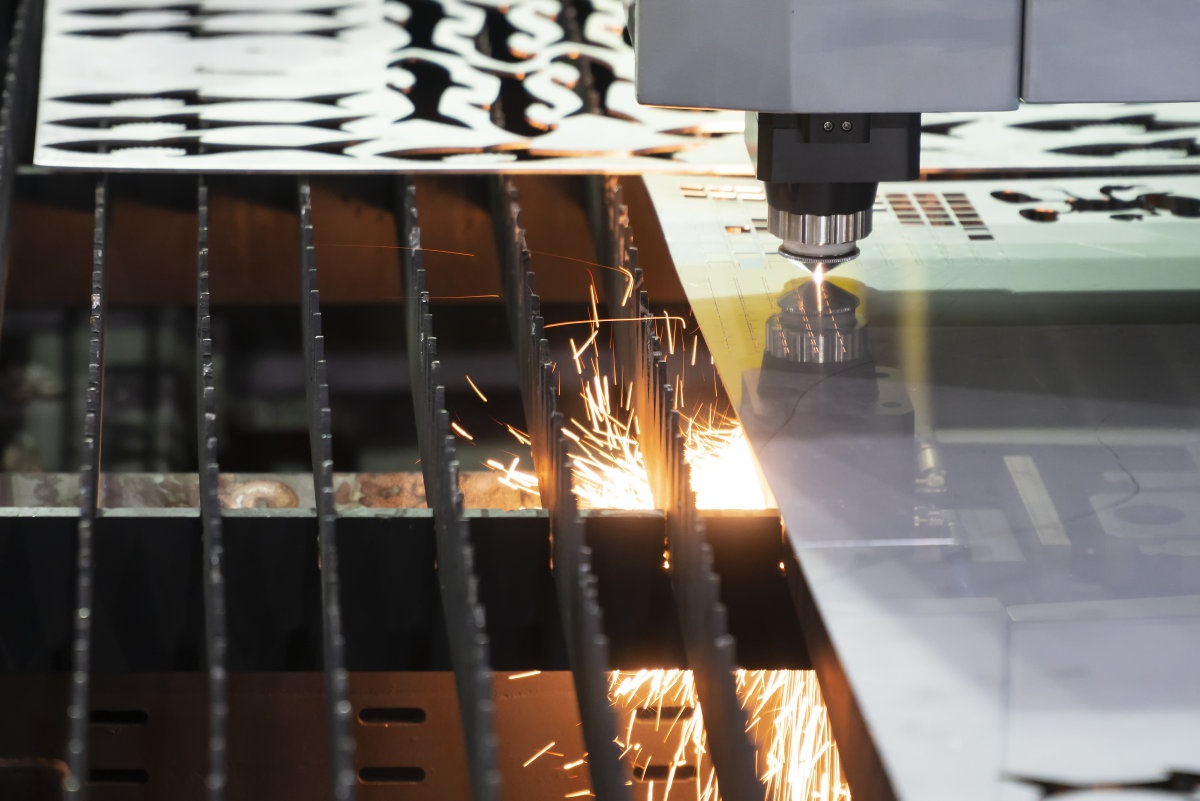From Design to Product: A Detailed Explanation of the Steps in Sheet Metal Fabrication+ View more
From Design to Product: A Detailed Explanation of the Steps in Sheet Metal Fabrication
+ View more
Date:2024-03-26 16:00
Sheet metal fabrication transforms flat sheets of metal into various structural components through multiple production processes such as cutting, stamping, bending, and welding. Each step is crucial and must be precisely controlled to ensure product quality and functionality. Let's delve into a detailed explanation of each step in sheet metal fabrication, accompanied by a practical case study to illustrate the process.
Step One: Design and Material Selection
Design Phase
Design is the starting point for sheet metal fabrication. Engineers use CAD (Computer-Aided Design) software to create 3D models of the product with consideration given to functionality, aesthetics, and manufacturability.
Example Design Parameters:
- Material thickness: 2mm
- Bend radius: 5mm
- Hole size: 3mm
- Tolerance: ±0.2mm
Material Selection
The material is chosen based on design requirements and application settings. Common materials include low carbon steel, stainless steel, and aluminum alloys.
Example Material Parameters:
- Material Type: 304 Stainless Steel
- Yield Strength: 205 MPa
- Tensile Strength: 520 MPa
- Elongation: 40%
Step Two: Cutting and Punching
Cutting
Large metal sheets are cut into smaller pieces of predetermined shape and size for further processing.
Example Cutting Parameters:
- Shearing machine pressure: 300 tons
- Steel plate size: 1500mm x 3000mm
Punching
Punch presses are used on the material for operations like punching holes, forming, or cutting.
Example Punching Parameters:
- Punch press force: 200 tons
- Punch hole diameter: 5mm
- Forming depth: 20mm
Step Three: Bending
The material is bent into the required angles and formations on a press brake.
Example Bending Parameters:
- Bending force: 100 tons
- Bending angle: 90 degrees
- Minimum flange length: 10mm
Step Four: Welding and Assembly
Welding
Various welding methods (such as TIG or MIG welding) are used to join sheet metal parts together to form more complex structures.
Example Welding Parameters:
- Welding method: TIG welding
- Welding current: 150A
- Shielding gas: 99.99% Argon
Assembly
After completing all individual part fabrications, they are assembled into the final product or equipment.
Example Assembly Parameters:
- Bolt specification: M6
- Torque setting: 12 Nm
Step Five: Surface Treatment and Quality Inspection
Surface Treatment
Surface treatments such as painting, plating, or anodizing may be necessary to enhance a product's corrosion resistance, wear resistance, or appearance.
Example Surface Treatment Parameters:
- Type of paint: Epoxy resin
- Paint thickness: 80μm
Quality Inspection
Finished products undergo inspection for dimensions, appearance, and performance to ensure compliance with design specifications.
Example Quality Inspection Parameters:
- Measuring equipment: Coordinate measuring machine (CMM)
- Inspection tolerance range: ±0.1mm
Real-world Case Study Analysis
An electronics manufacturer needed to customize a batch of server racks. The design required the racks to have good heat dissipation and sufficient strength to support weight. Engineers chose 2mm thick 6061 aluminum alloy and designed a series of ventilation holes and support structures. During cutting and punching phases, CNC machinery ensured the accuracy of hole positions and uniformity of dimensions. Precision press brakes were used during bending to guarantee accurate bending angles. MIG welding techniques were applied to enhance the stability of the structure. Finally, the products underwent sandblasting and anodizing treatments to ensure both appearance and durability. After rigorous quality checks, this batch of server racks met all design standards and gained customer approval.
Conclusion
From design to product, sheet metal fabrication is a complex and meticulous process that requires careful planning and precise execution. Through strict control over each step, the quality and function of the final product can meet expectations while optimizing production efficiency and reducing costs.
Share to:
Recommend wonderful blog posts

